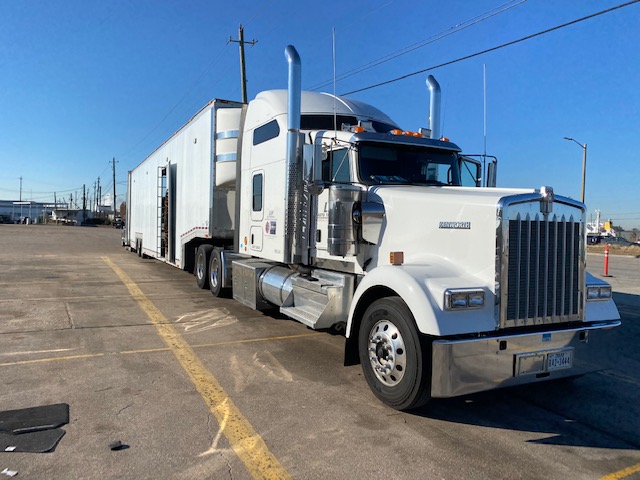

Introduction
In recent years, a new wave of urban transportation has emerged, powered by electric scooters and micro-mobility solutions. These innovative modes of travel have rapidly gained popularity due to their convenience, environmental benefits, and potential to alleviate traffic congestion. In this blog post, we will explore the rise of electric scooters and their impact on transportation and city life.
Micro-Mobility: A Game-Changer in Urban Travel
Micro-mobility solutions, including electric scooters, e-bikes, and shared mobility platforms, have disrupted traditional transportation paradigms. These compact and nimble vehicles offer a viable alternative to conventional modes of transport like cars and buses, especially for short-distance trips within cities. The rise of micro-mobility services has been fueled by the growing awareness of environmental concerns, the need for last-mile connectivity, and the desire for more efficient and flexible travel options.
Electric scooters, in particular, have captured the public’s imagination due to their user-friendly design, ease of use, and accessibility. With just a few taps on a smartphone app, users can unlock a nearby scooter, ride to their destination, and then park it at a designated location, making them a convenient solution for urban dwellers.
Environmental Advantages and Sustainability
One of the most significant advantages of electric scooters is their environmental impact. By running on electric power rather than fossil fuels, electric scooters emit zero tailpipe emissions, helping to improve air quality and reduce greenhouse gas emissions in urban areas. This is particularly crucial as cities worldwide grapple with air pollution and its adverse effects on public health and the environment.
Electric scooters are also energy-efficient, requiring far less energy than traditional automobiles. With the global push towards sustainability and a greener future, electric scooters have emerged as a promising solution for eco-conscious individuals and cities alike.
Transforming Last-Mile Connectivity
One of the primary challenges in urban transportation is the “last-mile” problem—the difficulty of traveling the short distance between public transit stations and final destinations. Electric scooters fill this crucial gap, providing a convenient and efficient mode of last-mile connectivity.
Commuters can easily combine electric scooter rides with public transportation, such as buses or trains, to complete their journeys seamlessly. This integration enhances the overall accessibility and usability of public transit networks, encouraging more people to embrace sustainable transportation options and potentially reducing the reliance on personal cars for short trips.
Electric scooters are trendy among commuters who need to navigate congested city centers, where driving a car can be time-consuming and parking is often challenging.
Challenges in Adoption and Integration
While electric scooters offer numerous benefits, their integration into existing urban environments has been challenging. One of the main challenges is the issue of parking and cluttering. As electric scooters become more popular, they can sometimes be left haphazardly on sidewalks or public spaces, creating obstacles for pedestrians and causing aesthetic concerns for cities.
Additionally, safety concerns have been raised as accidents involving electric scooters have increased with their growing popularity. Factors such as inexperienced riders, riding on sidewalks, and not wearing helmets contribute to safety risks. Addressing these challenges requires cooperation between micro-mobility companies, local governments, and the public to establish responsible parking guidelines and promote safe riding practices.
Another challenge lies in striking a balance between private and shared micro-mobility services. While shared scooter services provide convenience, some individuals prefer owning their electric scooters for regular use. Finding ways to accommodate both ownership models will be essential for a successful and sustainable micro-mobility ecosystem.
The Future of Micro-Mobility
The future of electric scooters and micro-mobility solutions looks promising. As technology advances, electric scooters will likely become more efficient, with improved batteries and increased range. Lightweight and foldable designs may also become more prevalent, making them even more convenient for users to carry and store.
Innovations in micro-mobility are not limited to hardware alone. App-based platforms that allow users to seamlessly find and unlock nearby scooters are expected to improve, making the rental process even more straightforward. Furthermore, data analytics and artificial intelligence can be leveraged to optimize scooter deployment and improve fleet management, ensuring that scooters are available where and when they are needed most.
Cities will play a crucial role in shaping the future of micro-mobility. They must embrace intelligent city concepts and prioritize investment in infrastructure that supports electric scooters and other micro-mobility solutions. This includes designated parking areas, charging stations, and dedicated lanes where possible.
As micro-mobility services continue to evolve, they have the potential to complement and enhance existing transportation options. Electric scooters can become an integral part of sustainable urban mobility by providing a convenient, eco-friendly, and efficient means of travel, encouraging more people to opt for green transportation alternatives.
Conclusion
Electric scooters and micro-mobility solutions are ushering in a new era of urban travel, where sustainability, convenience, and accessibility take center stage. By addressing challenges and embracing innovation, cities can harness the potential of micro-mobility to create more livable and environmentally friendly urban spaces.
The rise of electric scooters reflects a broader shift towards sustainable transportation options that prioritize efficiency, reduced emissions, and improved urban mobility. As the micro-mobility industry continues to evolve, collaboration between governments, companies, and the public will be vital to ensure that electric scooters are integrated responsibly and efficiently into our cities.
Ultimately, electric scooters offer a glimpse into the future of urban transportation, where technology-driven solutions help build cleaner, more connected, and people-centric cities.
